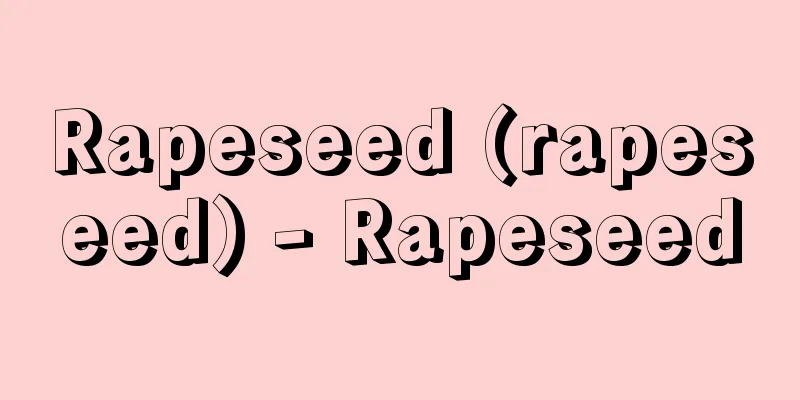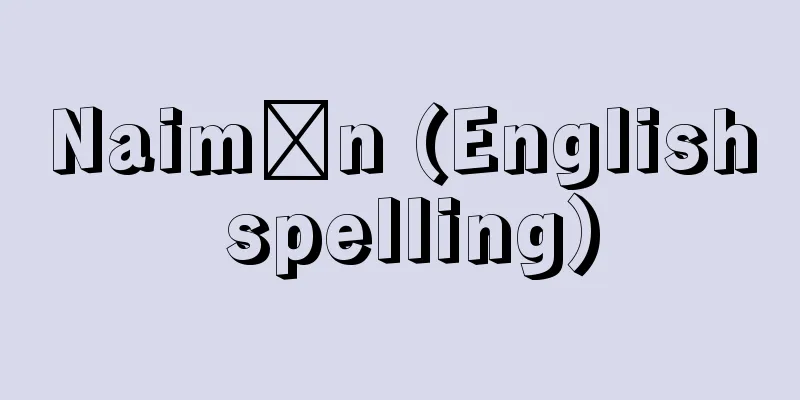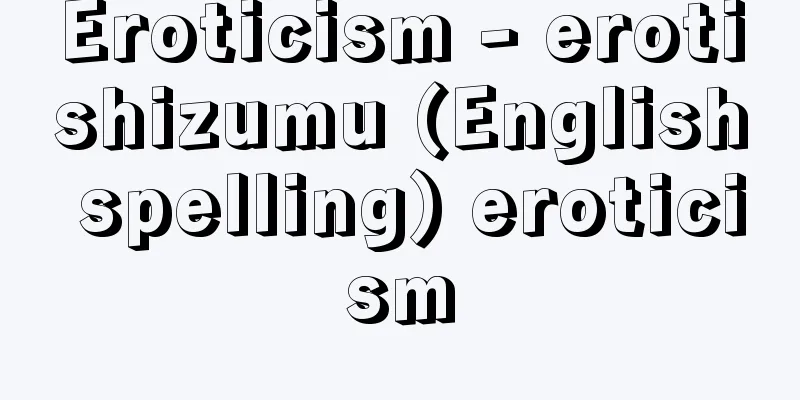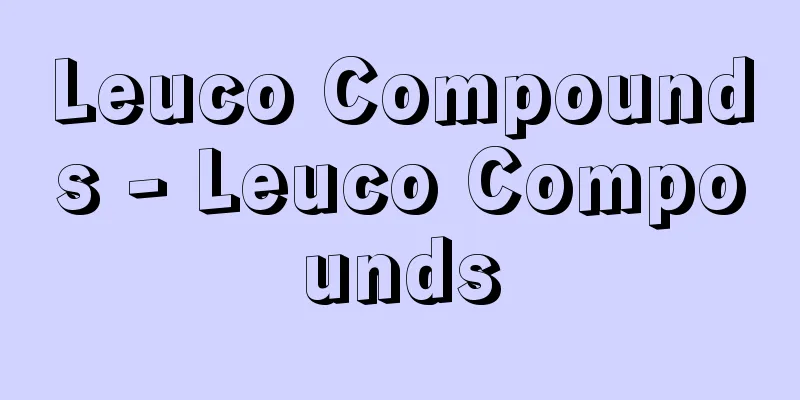Odor prevention technology

|
...Odor control measures must be implemented thoroughly, starting from identifying the range of influence of the target odor until the odor is completely eliminated at the property boundary. The aim is to first create a situation in which complaints and petitions will disappear, and the recommended target for odor control measures is a threshold dilution factor (instantaneous value) of 10 or less at the property boundary and landing point (4 to 6 or less in new residential areas). The main odor prevention techniques actually used are: (1) atmospheric dilution using a tall chimney; (2) wet absorption, which physically or by absorption (reaction) removes odorous components using water, acid, alkali, ozone water, chlorine, or oxidant solutions (problems include target components, waste liquid treatment, corrosiveness of equipment, and liquid scattering); (3) adsorption, which uses solids such as activated carbon and ion exchange resins to adsorb odorous components (problems include selectivity of target components, effects of coexisting substances, and secondary pollution caused by regeneration of adsorbents); and (4) combustion, which directly or catalytically combusts odorous gases in a combustion furnace (the former method, which burns at 700-800°C, generates intermediate products such as aldehydes, sulfur dioxide, and nitrogen oxides, as well as high fuel costs; the latter method, which uses catalysts such as platinum at 350-400°C, has problems such as expensive catalysts, performance deterioration due to catalyst poisons, incomplete combustion due to coexisting substances, and generation of peroxides, and both methods are unsuitable for unstable generation conditions. ), (5) a method of deodorizing using the ion exchange function of soil and the condensation of gas as it passes through the soil layer (requires a large amount of soil, and it is not easy to determine when to replace the soil and to replace it); (6) the activated sludge method, in which odorous gas is pumped into activated sludge and decomposed and digested by the sludge organisms (not suitable for high-concentration odors, and the emission of a sludge odor is unavoidable); (7) a masking method, in which the original odor is concealed by the sensory sense using a stronger-smelling air freshener (the additive has a strong odor, which causes damage and complaints); (8) a method in which the odorous components are reacted and absorbed with a neutralizing agent such as vegetable essential oils, and the odor is weakened by its own odor, making the odor odorless or natural; and (9) a change in the process or raw materials. On a larger scale, measures such as sealing off the source of the odor, blocking and purifying the odor flowing down the ground surface with tree embankments, odor-proof walls, and water screen walls, as well as regional planning measures such as relocating factories and houses, are also used. In addition to these, it is also necessary to carry out regular odor surveys, request monitors, cooperate with public institutions, allow local residents to tour business premises, and conclude pollution prevention agreements. *Some of the terminology used in reference to "odor prevention technology" is listed below. Source | Heibonsha World Encyclopedia 2nd Edition | Information |
|
…悪臭対策は,対象となる臭気の影響範囲を知ることから敷地境界でにおいがなくなるまで徹底しなければならず,その目的はまず苦情,陳情がなくなるような状況をつくり出すことで,対策の目標は,敷地境界および着地点で閾希釈倍数(瞬間値)が10以下(新興住宅地では4~6以下)が推奨されている。実際に利用される悪臭防止技術のおもなものとしては,(1)高煙突による大気希釈法,(2)臭気成分を水,酸,アルカリ,オゾン水,塩素剤や酸化剤溶液によって物理的に,または吸収(反応)除去する湿式吸収法(対象成分,廃液処理,装置の腐食性,液の飛散などの問題がある),(3)活性炭やイオン交換樹脂などの固体を利用して吸着させる吸着法(対象成分の選択性,共存物の影響,吸着剤再生による二次公害などの問題がある),(4)悪臭ガスを燃焼炉で直接または触媒燃焼させる燃焼法(700~800℃で燃焼させる前者の方法ではアルデヒドなど中間生成物,二酸化硫黄,窒素酸化物の生成ならびに高い燃料費が,また,350~400℃で白金などの触媒を用いる後者では高価な触媒,触媒毒による性能劣化,共存物による不完全燃焼,過酸化物の生成などの問題があり,両方法とも不安定な発生状態には不向き),(5)土壌のイオン交換機能および土層を通過する際のガスの凝縮を利用して脱臭する方法(大量の土壌を必要とし,土壌の交換時期の判定および交換が容易でない),(6)活性汚泥中に悪臭ガスを送気し,汚泥生物で分解,消化させる活性汚泥法(高濃度臭気には不向きで,かつ汚泥臭の発散が避けられない),(7)より強いにおいをもつ芳香剤で元の臭気を感覚的に隠ぺいさせるマスキング法(添加剤のにおいが強く,それによる被害や苦情が現れる),(8)植物精油などの中和剤で悪臭成分を反応吸収するとともに,それ自体のにおいで臭気を弱め,無臭または自然臭にする方法,(9)工程,原料の変更などがあげられるが,さらに大規模なものとしては発生源の密閉化や植樹堤,防臭壁,ウォータースクリーン壁などで地表を流下する臭気を遮断,浄化したり,工場および住宅の移転など地域計画的対策なども行われる。またこれらに加えて定期的な臭気調査,モニターの依頼,公的機関との連携,地元民の事業場の見学と公害防止協定の締結などを実施することも必要である。… ※「悪臭防止技術」について言及している用語解説の一部を掲載しています。 出典|株式会社平凡社世界大百科事典 第2版について | 情報 |
<<: Odor Prevention Law - Akushu Boshiho
Recommend
Kamimaki [Hot Springs] - Kamimaki
...There are the ruins of Nakurumi Castle, a moun...
Morisada Kitagawa
...A magazine on the manners and customs of the l...
Kingdom of Burgundy - Kingdom of Burgundy
A state founded by the Burgunds in the 5th and 6th...
Ichikawa Udanji
Kabuki actor. First generation. Stage name was Tsu...
Fonsecaea pedrosoi (English spelling) Fonsecaea pedrosoi
…Chromomycosis is caused by infection with a path...
neuroscience
…Neurology is a discipline that was established a...
Strictly monotonous - Kyogitancho
...Increasing and decreasing functions are collec...
Eid (Esperanto) - Eid
…However, contrary to the ideals of its creator, ...
Kajinami Shrine
...Deep in the Kajinami River valley is a woodwor...
Zakariyā ibn Muammad ibn Mamūd, abu Yayā al-Qazwīnī
A Persian-born Arabic encyclopedia writer, he was...
Self-determination of nations
A political principle that each nation determines ...
Garget
…The whole plant resembles pokeweed, but the flow...
Golden frog - Golden frog
…The tree frog family includes 10 genera and abou...
Kiyomasa Ishitani - ISHIGAI・KIYOMASA
Year of death: Tenmei 2.11.10 (1782.12.14) Year of...
Gironde [river] - Gironde
The Garonne is a river in southwestern France, nam...









